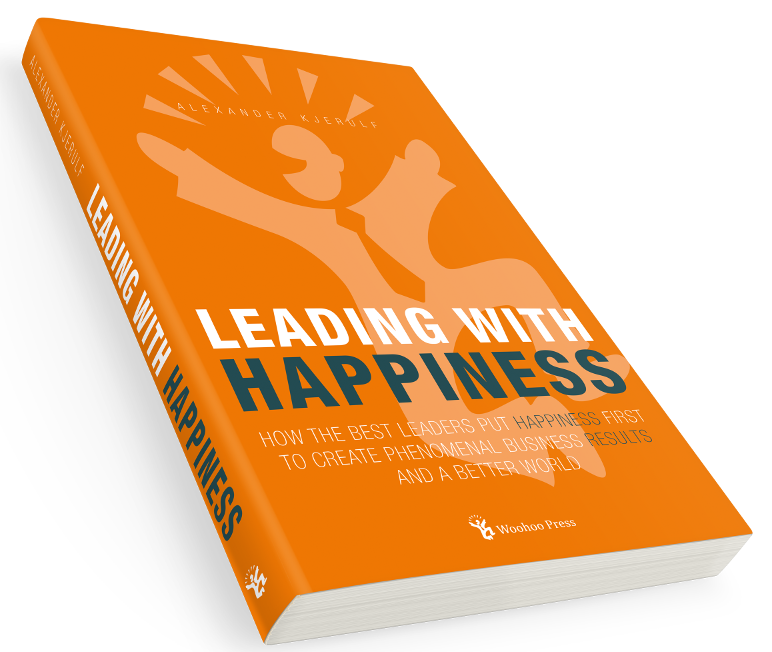There’s a new series on TV2 about anger management. It turns out that in most cases where we danes are hopping mad inside, we try hard to maintain a calm exterior.
Which got me thinking: Might this also be going on at work..?
The most interesting part of the show is danes being secretly filmed while they’re provoked to anger. In one case it’s a fake taxi driver who stops in the middle of the ride (with the meter running) to get himself a hotdog. In another case it’s a fake stress experiment, where the experiment leader deliberately insults and provokes the subjects.
Lashing out when you’re angry, is not socially acceptable in Denmark, and in almost every case, the subjects were extremely good at controlling themselves. One subject sat patiently in the taxi for 20 minutes, while the fake taxi driver had lunch in the car. All interesting stuff, and really, really painful to watch.
They also showed anger management ala Carl-Mar M?ller, with subjects pounding on a junked car with an axe, or being held down forcibly on a mattress while having mud smeared on their faces and being hosed with water. Somehow, I don’t think that’s god for you.
And then I got to thinking about anger at work. What the subjects went through in the TV show, is probably no worse than what you and I regularly experience at work. The workplace contains many situations where people can get just as angry. And what’s more, the workplace is an environment where much more is at stake, and where the pressure to appear calm and rational is much higher than the situations on the TV show.
So: Do we get mad at work? Certainly! Do we have good, productive ways of expressing that anger? Not always!
Which brings me to the only flaw that I found in the show: Towards the end the presenter (a psychologist), said that in the cases where the anger is caused by events in the past, it was necessary to go back to those events to solve the problems. This could be accomplished eg. through ordinary therapy or hypnosis. And this is where I disagree. As reasoned in the book Change, it is often possible to solve peoples problems without going back to a hypothetical “root cause”, for instance a childhood trauma. I think this is a better way, and that in many cases it will solve the problem faster and more effectively.
I would argue that we really need a cultural shift, that makes it more permissible to show emotions. It could go somehting like this:
Step one is to accept your own emotions. If you’re angry, be angry. Trying to fight an emotion, only makes that emotion more powerful.
Secondly, find a productive way of expressing that emotion. Even if you’re really angry and may want to, is it a good idea to hit the person that’s made you angry? Typically no. So find a form of expression that honours your emotion, while also improving the current situation.
And finally, make room for others to show their emotions. The typical reaction to somebody showing strong emotions, is to ignore that person. Many of us need to learn to deal with others’ emotions, and to acknowledge the people around us, even when they’re hopping mad.
These three steps could actually lead to a situation where people become angry less often. If you know that you’re allowed to show your anger, it is easier to deal with the anger. Conversely, if you’re angry, and have no socially acceptable way of showing it, so that you feel trapped, you will probably become even angrier.



Leave a Reply